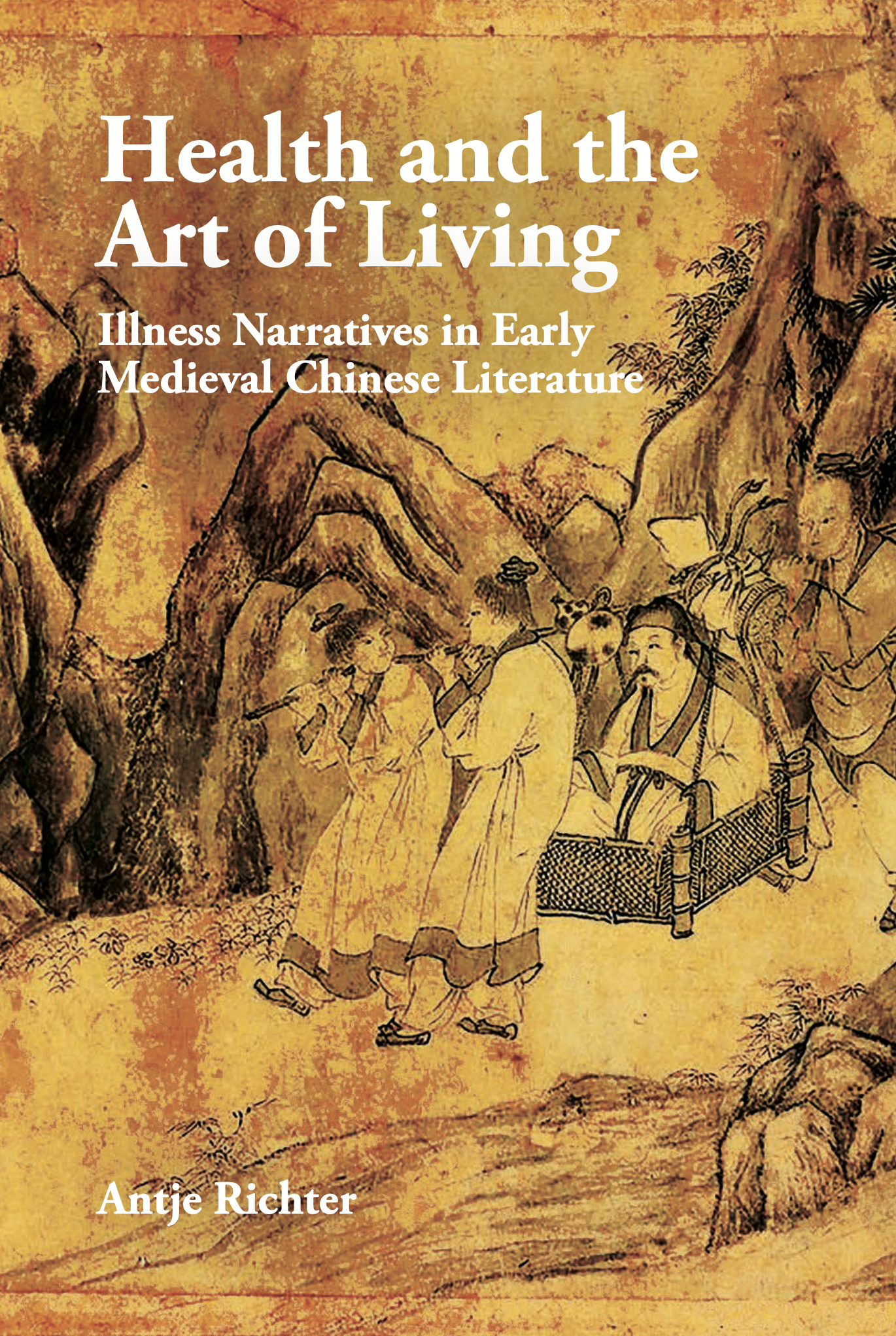Health & the Art of Living:
Illness Narratives in Early Medieval Chinese Literature
(Harvard University Asia Center, 2025)
 |
Contributing to the study of early medieval China and the wider health humanities, this book introduces reflections on health and illness in early medieval Chinese literature (ca. 200–ca. 600). Taking a range of literary sources into account—essays, prefaces, correspondence, religious scriptures, and poetry—it explores the spectrum of views on health and illness expressed in these texts. Part 1, revolving around the essay “Nurturing the Vital Breath” in Liu Xie’s Literary Mind and the Carving of Dragons, reveals the deep concern of early medieval writers, troubled by overwork and excessive mental exertion, with the preservation and cultivation of their literary creativity, which for most was inextricably connected with their social roles as officials. Part 2 turns to individual voices narrating personal experiences of health and illness in authorial prefaces, informal notes, formal letters, and official communications, where writers proceed differently in creating images of their physical condition that fit their rhetorical purposes, whether aimed at legitimizing authorship, maintaining relationships with intimate friends and family, or pleading illness to avoid office. Part 3 describes the rise of sickbed poetry in early medieval China, shaped by Xie Lingyun and the Vimalakīrti-nirdeśa-sūtra, which established illness as a topic in refined literature. |
My articles on the topic include:
with Charles Chace (1958–2018), "The Trouble with Wang Xizhi: Illness and Healing in a Fourth-Century Chinese Correspondence." T'oung Pao 103 (2017): 33–93.
"Teaching from the Sickbed: Illness and Healing in the Vimalakīrti-nirdeśa sūtra and Their Reception in Medieval Chinese Literature." In Buddhism and Healing in China and Japan: Global and Local Perspectives, 57–90. Ed. C. Pierce Salguero and Andrew Macomber. Honolulu: Univ. of Hawai'i Press, 2020.
"Health and Illness in the Paratext: Five Authorial Prefaces and a Letter from Early and Early Medieval China." Nanyang Journal of Chinese Literature and Culture 2 (2022): 85–108.
"Stories of Coping with Sickness in Early Medieval China: Illness Narratives in Anecdotal Literature." Chinese Medicine and Culture 6.2 (2023): 175–82.
(forthcoming) "Four Gates, Eight Poets, Sixteen Poems: Dependent Co-Authoring in Early Medieval Chinese Poetry." In Authors, Authorship, and Authoring in Late Classical and Medieval China. Edited by Wendy Swartz and Robert F. Campany. Leiden: Brill, 2026.
(forthcoming) "Hair as a Measure of Self in Early Medieval China."